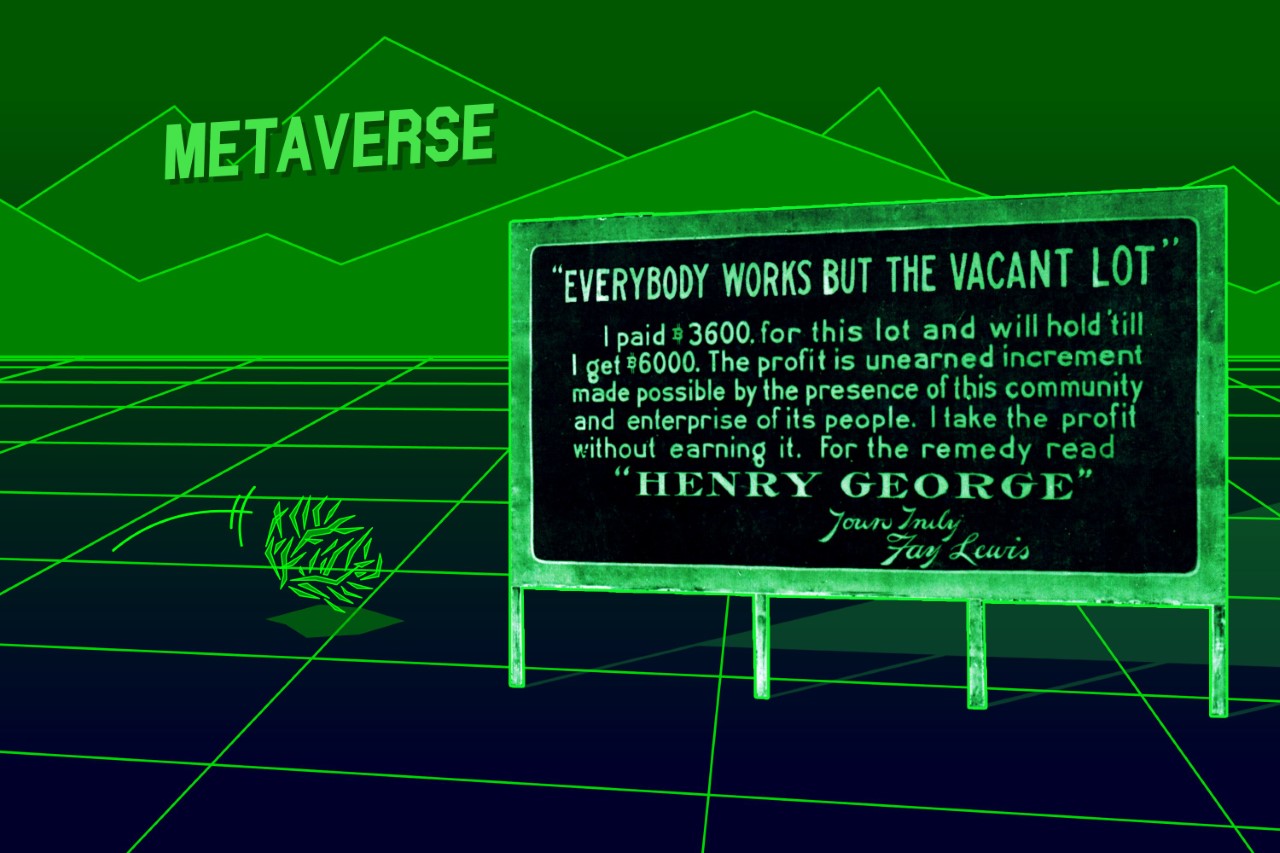Player Exploitation and Memetic Antibodies
Sometimes I’m glad I grew up when video games weren’t very good yet.
There were certainly good individual games here and there (Tetris is probably the most perfect video game ever made, and that’s from the mid-to-late 1980s depending which versions you count). But the medium itself was niche and unpolished. The technology was weak, the audience was small, and best practices for design and marketing weren’t yet known. Video games were still a cottage industry.
Over time, the tech improved and the industry learned to make better use of it. The audience increased along with the potential revenue, resulting in increased investment by creators to capture bigger slices of a growing pie, and now global annual sales are measured in the hundreds of billions of dollars.
Games are now a lot better. But better at what? Better for whom? The same advances that have enabled vast improvements in the player experience have also enabled vast improvements in player exploitation.
I think it was a tremendous advantage for me that I was playing games during the earlier experiments in these spaces, when exploitation methods were clumsy and transparent compared to their current level of refinement and subtlety.
The first gacha game I ever played was MonTowers, which didn’t do a great job encouraging the player to spend money. After playing for a while, I decided to buy some currency anyway since I’d been having fun with this free game and and it felt fair to support the creator with a few bucks. The purchase had no noticeable effect on my experience of the game, so I pretty quickly concluded the whole thing was dumb and I have spent literally zero dollars on gacha since then even though later gacha games are much better at extracting money from their players.
I was exposed to a weaker version of the attack, which allowed me to develop memetic antibodies and become immunized against the entire strain. I was vaccinated.
I worry about the people a couple decades younger than me, or even the ones of my generation who just waited longer to get into games. People whose first gacha game was Genshin Impact, whose first multiplayer shooter was Fortnite, whose first user-generated content game was Roblox. They’re getting exposed right away to highly-evolved attack methods, incredibly more virulent and pernicious than my early experiences, often with no protection at all.
1 Comment
